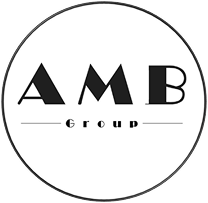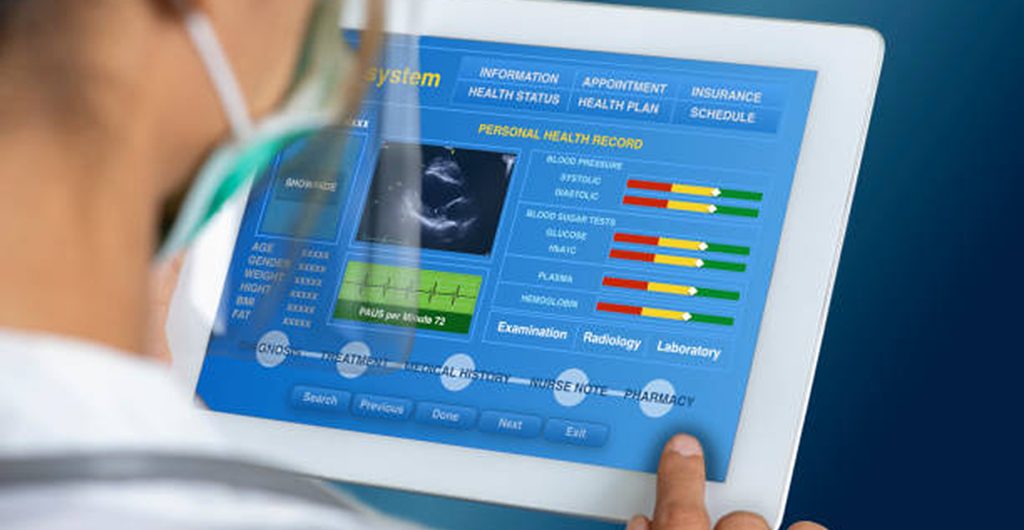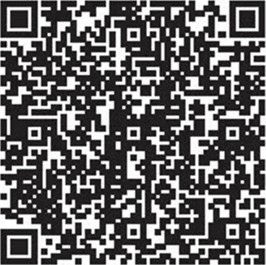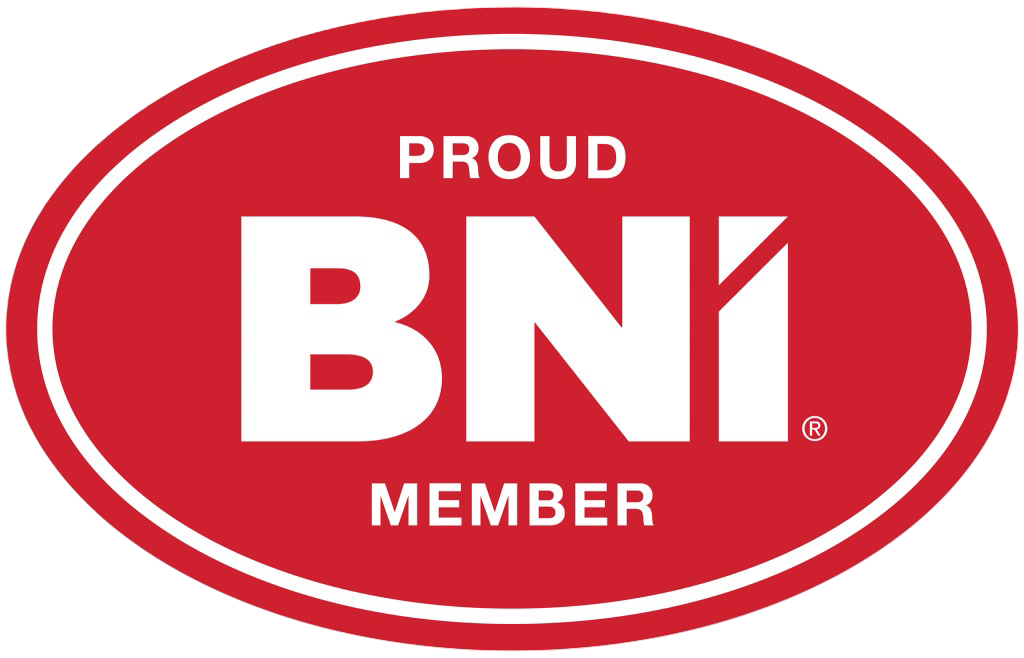At the core of this transformation is medical record aggregation, a process that consolidates patient data from multiple providers into a single, unified view. EHR systems are increasingly interoperable, enabling patients to access everything from lab results and imaging to specialist notes and hospital discharge summaries— regardless of where that care occurred. This is particularly critical for individuals involved in complex care journeys, such as those managing chronic conditions, recovering from serious injuries, or navigating legal claims related to personal injury.
Driving this capability is the legal foundation established by the Health Insurance Portability and Accountability Act (HIPAA), further strengthened by the 21st Century Cures Act. Under these regulations, patients have the right to obtain an electronic copy of their medical records without delay or unreasonable cost. The Information Blocking Rule, effective as of April 2021, prohibits healthcare providers, developers, and health information networks from interfering with a patient’s access to their own health data.
This shift is more than regulatory—it’s transforma tive. Patients now have the legal and technical ability By Tiffanny J. Anghel, MHA to aggregate their own health data to support second opinions, better treatment planning, care coordina tion, and even legal advocacy in the case of injuries or malpractice.
The future lies in deeper EHR integration with personal health apps, digital wallets, and APIs that allow seamless, secure data sharing. Tools like FHIR (Fast Healthcare Interoperability Resources) enable developers to build platforms that connect directly to provider systems—bridging the gap between clinical silos and patient empowerment.
But challenges remain. Many patients are still unaware of their rights, and some providers remain reluctant to fully cooperate due to operational burden or fear of liability. That’s why education, enforcement, and continued innovation in user-friendly interfaces are key to fulfilling the promise of patient-directed data access.
In a healthcare landscape where information is power, enabling patients to own and access their medi cal records isn’t just a compliance requirement—it’s a cornerstone of truly patient-centered care.
Tiffanny J. Anghel, MHA
HEAD OF PARTNERSHIPS YOCIERGE & YC API.
Head Of Partnerships Yocierge & Yc Api.
Phone: 862-209-0195
Email: ta@ycapi.health
Website: https://yocierge.com/
Calendar: cal.read.ai/tiffanny-a5xwi/











